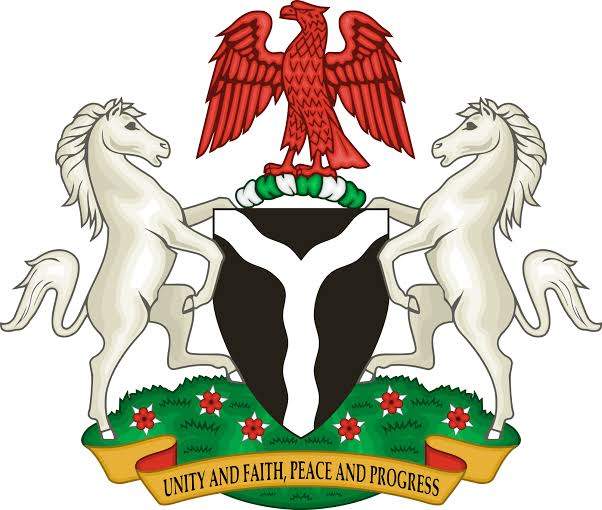The Nigerian Government says plans are underway for the instant evacuation of Nigerians residing in flood-prone areas to safer locations.
The Director General of the National Emergency Management Agency, NEMA Mustapha Sa’id mentioned this on the National Emergency Coordination Forum, EFC, organised by the Agency to deal with humanitarian challenges that will come up on account of the 2023 anticipated flooding arising from the discharge of water from Lagdo Dam.
He mentioned whereas there’s no instant hazard from the discharge of water from the Lagdo Dam within the Republic of Cameroun, it’s essential that proactive measures are put in place to stop any eventuality.
According to the DG NEMA, “the meeting is timely, to prepare, mitigate and respond to humanitarian issues that the released water may cause along the River Benue Basin.”
“The country has commenced the first one of release of water from the Dam at the rate of 200 cubic meters per second which is about 18 million cubic meter of water per day. This release may result to all front-line states experiencing flooding in subsequent days and weeks, It is of great importance to also note that the Dam might commence full discharge of excess water from the Dam in the event that the region experiences a heavy amount of rainfall,” he mentioned.
He mentioned coordination was an important element of catastrophe administration which wanted to be given sufficient consideration to make sure well timed and environment friendly response.
Mr Ahmed famous with concern the menace attributable to the discharge of water from the Dam in 2012 in addition to that of 2022 which ravaged many States inside the nation emphasizing that it’ll not be simply forgotten.
“You will recall that the 2022 flood disaster claimed 665 lives, displaced 2,437,411 persons, and affected 4,476,867 persons. We have already started experiencing floods in some parts of the country this year with the rainfall. The release from the Lagdo Dam will only worsen the flood situation and therefore calls for a concerted effort to address and mitigate the impact,” he mentioned.
He mentioned that different efforts are nationwide sensitisation, particularly in states and communities which can seemingly be affected by the upcoming flood, de-escalation of the Early Warning messages to States; TV and radio appearances; TV and radio jingles and issuing press releases, clearing of drainages, readiness to embark on rescue mission, amongst others.
“While everyone must remain calm, NEMA will continue to work with other government partners to provide succour including food and non-food items to affected people in the IDP camps and the host communities while building their resilience through livelihood supports, especially with the distribution of agricultural inputs and other livelihood items,” Ahmed emphasised
The States downstream of River Benue are Adamawa, Taraba, Benue, Nasarawa, Kogi, Anambra, Enugu, Edo, Delta, Rivers, and Bayelsa States.
The Director General, of Nigeria Hydrological Services Agency, NIHSA, Clement Nze mentioned the Government has revisited the plan to construct a Dam in Fire Local Government Area of Adamawa State within the east of the nation as a measure to curb flooding from the discharge of water from the Lagdo Dam.
According to him, specialists have reviewed the designs and made feedback which have been forwarded to the advisor to be included for onward submission to the Nigerian Government.
For its half, the UN Office for the Coordination of Humanitarian Affairs mentioned; “it remains committed to supporting the Nigerian Government concerning flooding.”
The UN OCHA consultant, Dalia Volvova additionally counseled the Nigerian Government for its response to humanitarian crises, particularly the 2022 flooding.
